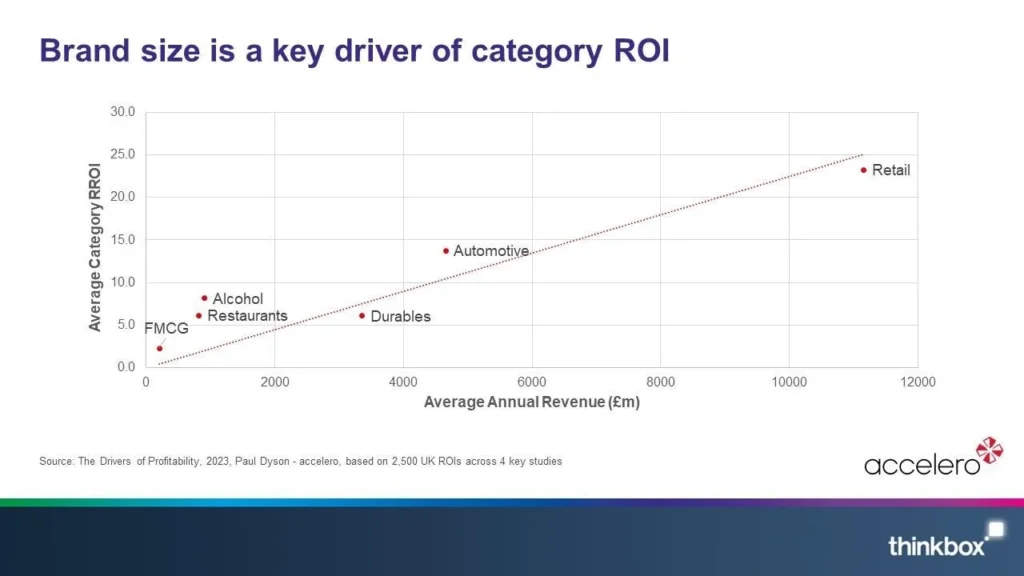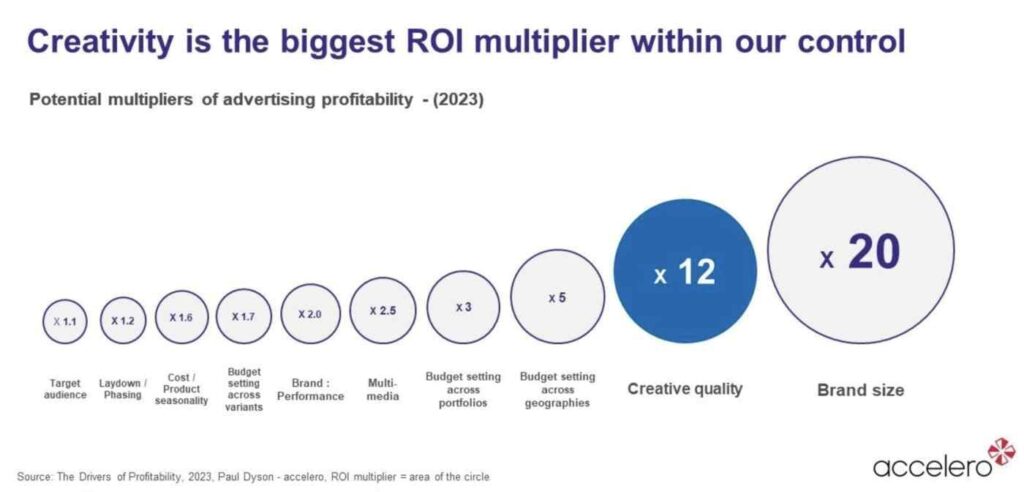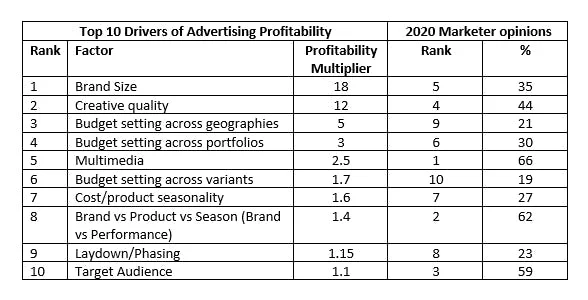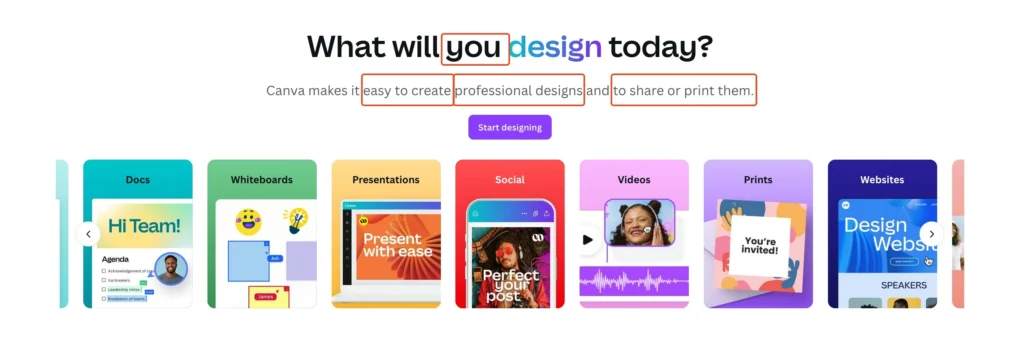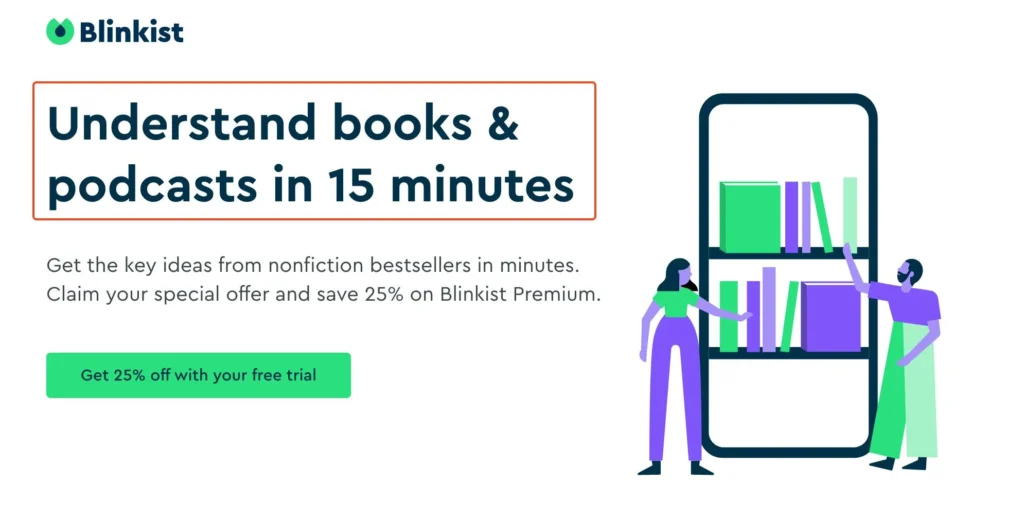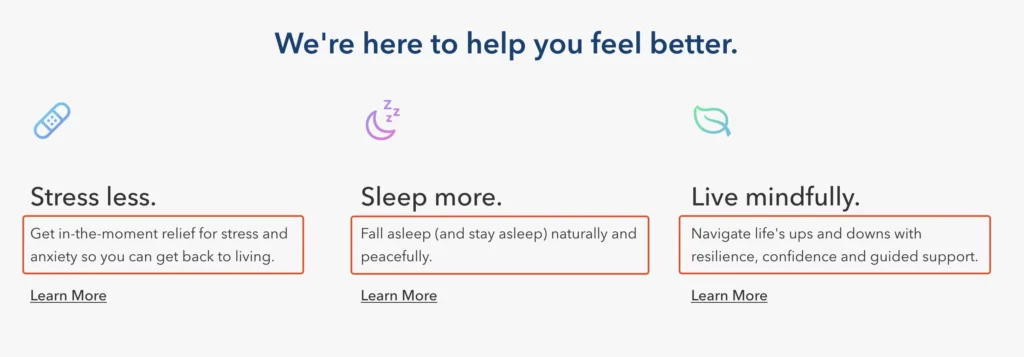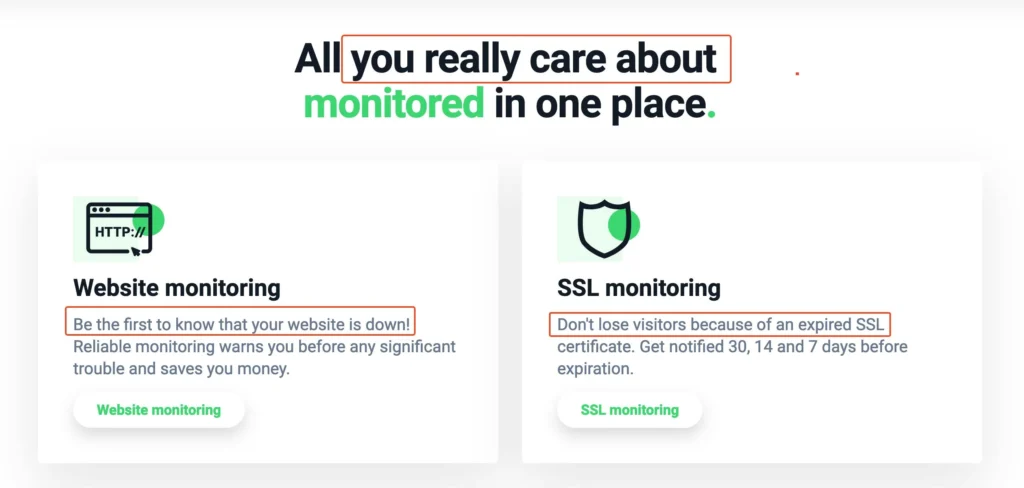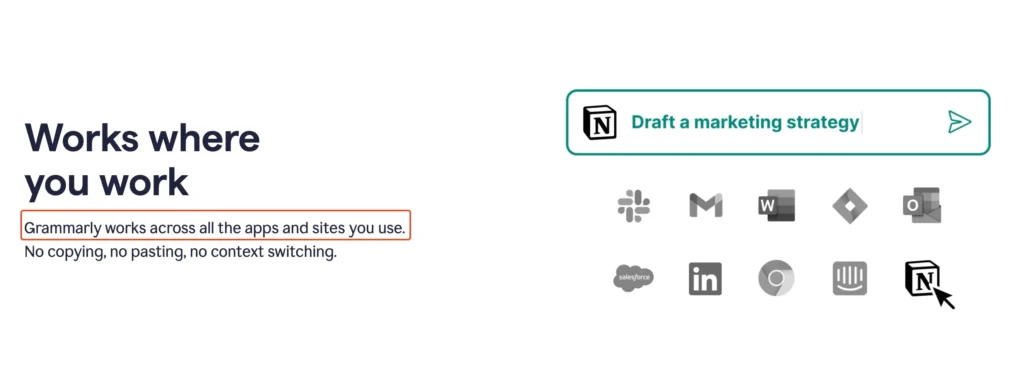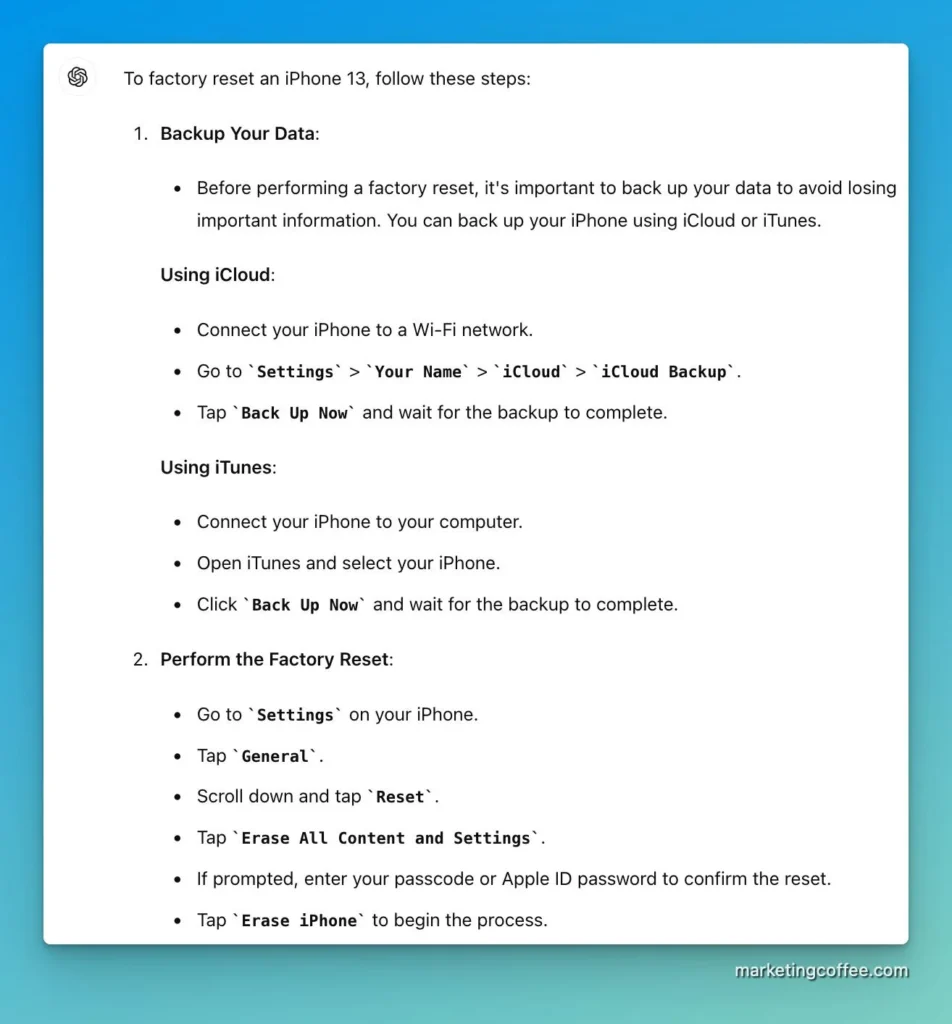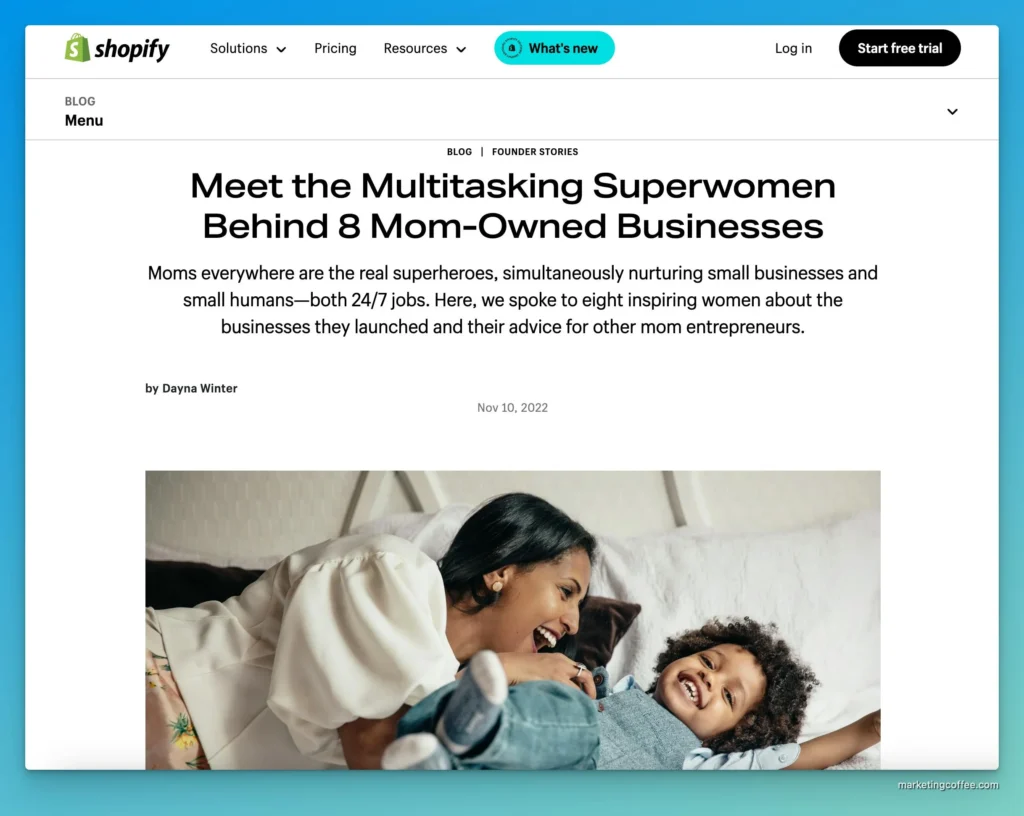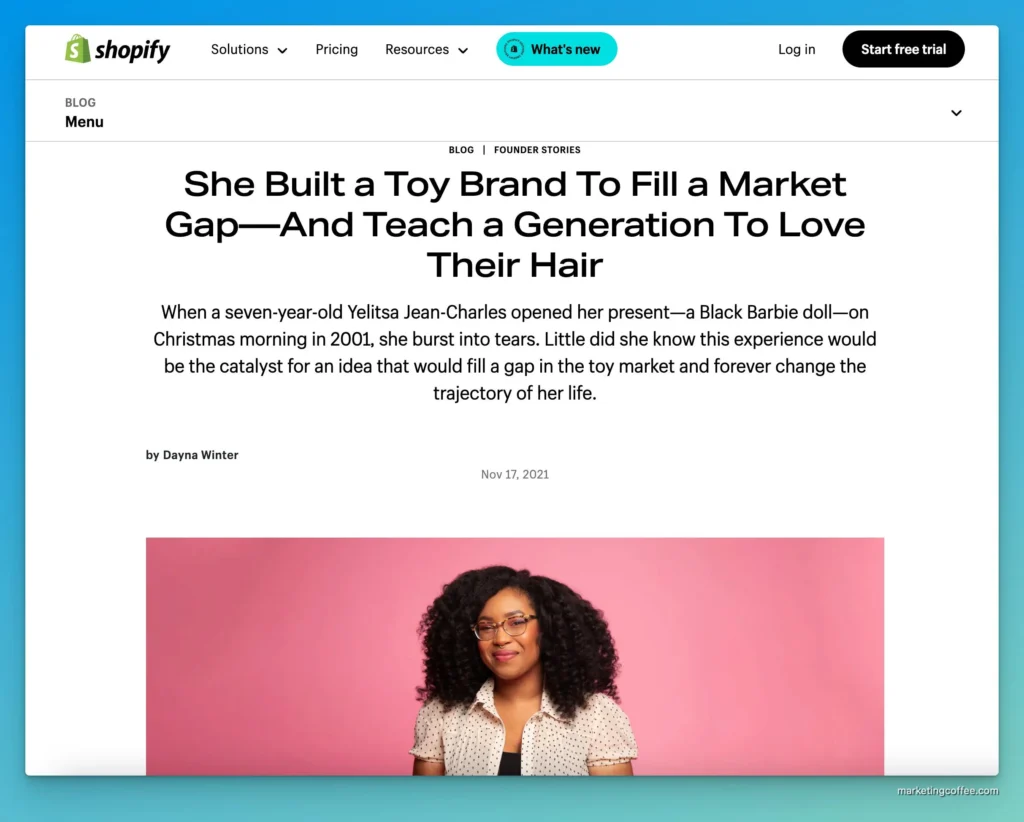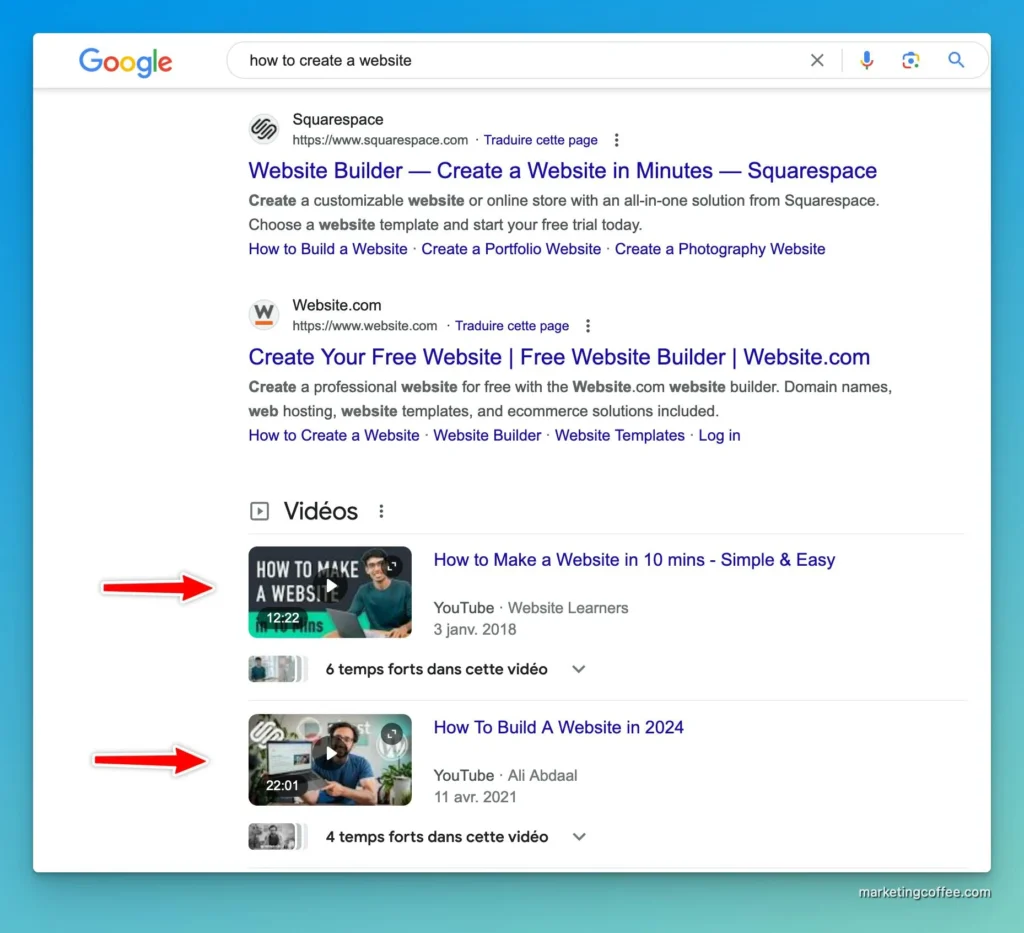For most startups, finding product/market fit is incredibly difficult.
It’s also a vague concept: how do you know when you’ve reached product/market fit? Especially when you’re still working on your core product?
Superhuman’s CEO Rahul Vohra became obsessed with this question in 2017, two years after his team started working on a subscription-based email service to reduce distraction and remove email anxiety. At that time, they were pre-launch and manually onboarding users.
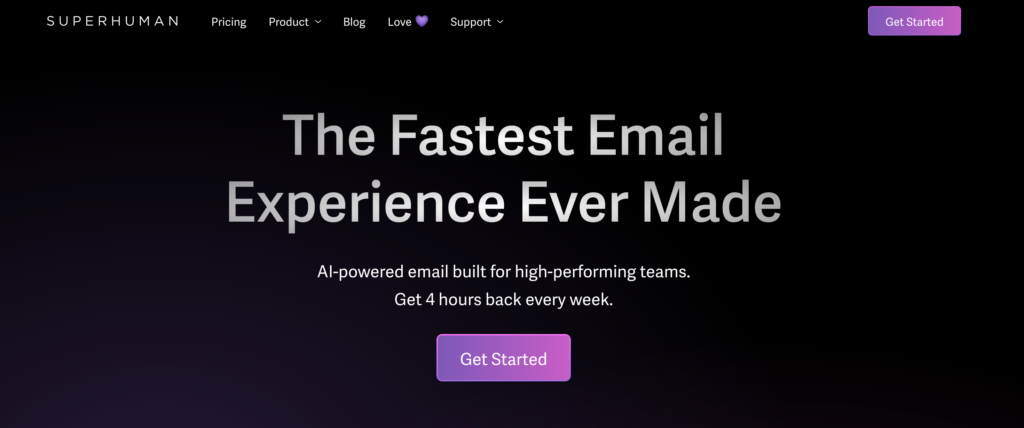
He read countless blogs and spoke with many marketers, but most provided definitions that only made sense post-launch.
For instance, take this passage in Marc Andreessen’s 2007 blog post:
« You can always feel when product/market fit is not happening. The customers aren’t quite getting value out of the product, word of mouth isn’t spreading, usage isn’t growing that fast, press reviews are kind of ‘blah,’ the sales cycle takes too long, and lots of deals never close. »
Rahul started wondering whether he was asking himself the right question.
What if there was a way to measure product/market fit? What if there was a way to optimize towards product/market fit?
If you could measure it, you could work on increasing product/market fit until you reach it.
For that to work, you’d need to find a metric to track—a single indicator to work with.
The product/market fit indicator
When Rahul learned about Sean Ellis’ product/market fit indicator, things changed.
Ellis offered a simple yet powerful indicator.
Ask users, « How would you feel if you could no longer use the product? » and measure the percentage who answered « very disappointed. »
Through research involving nearly a hundred startups, Ellis identified a critical threshold of 40%.
If your product reaches 40%, you’ve attained product/market fit.
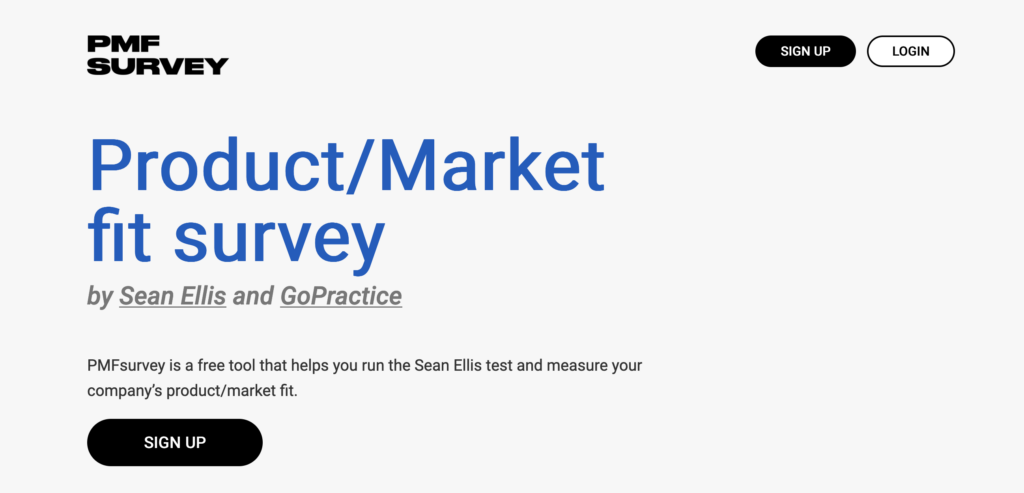
Companies that struggled to find growth almost always reported less than 40% of users who responded with « very disappointed, » whereas companies with strong traction almost always exceeded that threshold.
Of course, you cannot ask all users to answer your survey. Ellis recommends focusing on those who used the product at least twice in the last two weeks.
A roadmap to product/market fit optimization
Their team started by emailing users a link to a Typeform survey asking the following four questions:
- How would you feel if you could no longer use Superhuman?
- What type of people do you think would most benefit from Superhuman?
- What is the main benefit you receive from Superhuman?
- How can we improve Superhuman for you?
Although all four questions were necessary, the first was crucial as it returned the key performance indicator for product/market fit.
They received the following results at the time, which made it clear that Superhuman had yet to reach product/market fit.

Source: Firstround, Rahul Vohra
These initial results inspired Superhuman to design a 3-step product/market fit engine.
Step 1: segment to find supporters and high-expectation customers (HXC)
The team narrowed their research to understand better their most prominent supporters, i.e., the 22% « very disappointed » group of users. They assigned a persona for each respondent, thus focusing on founders, managers, executives, and business development reps. Then, they analyzed the cohort’s responses to the four questions above.

This enabled their team to understand what key aspects of their product truly mattered to their most active users. They discovered why their supporters loved the product.
Superhuman users who loved the product most appreciated Superhuman for its speed, focus, and keyboard shortcuts.
Step 2: convert hesitant users into devoted supporters with feedback analysis
The second step focused on answering another essential question: what kept people from loving the product? How could they help more people love Superhuman?
The team analyzed the users who would be somewhat disappointed without their product, purposedly ignoring those who would not.
In that cohort, they examined the results from the « How can we improve Superhuman for you? » question, which revealed one essential blocking factor holding users back from genuinely loving the product: their lack of a mobile app.
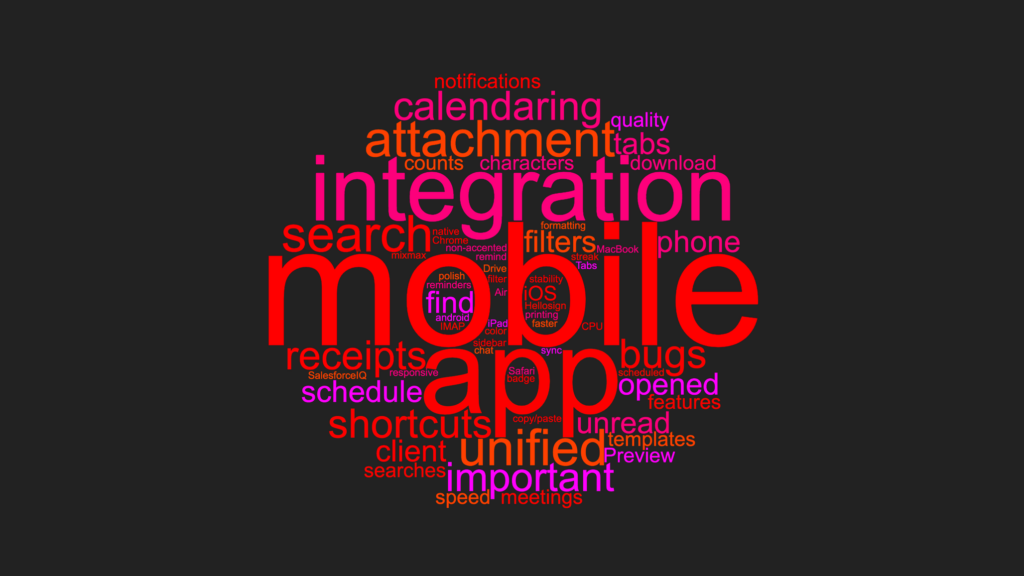
The team also found some less obvious requests: integrations, attachment handling, calendar, unified inbox, better search, read receipts, etc.
With a clear understanding of their main value proposition (speed, keyboard shortcuts) and missing features (mobile app, integrations, calendar…), Superhuman’s team could funnel these insights back into how they were building the product. Implementing this segmented feedback helped the large pool of hesitant users get off the fence and move into the territory of enthusiastic advocates.
Step 3: double down on what users love and address what holds others back
Although Rahul knew what their devoted users loved and what was holding their hesitant users back, he wasn’t yet clear about navigating between the two and incorporating this feedback into the product roadmap.
Rahul realized two things:
- If you only double down on what users love, your product/market fit score won’t increase
- If you only address what holds users back, your competition will likely overtake you
The only logical thing to do was to split the product roadmap in two:
- What users love: keep building for more speed, more shortcuts, and more automation
- What holds users back: develop a mobile app, add integrations, introduce a calendar, and other requested features
To prioritize amongst these projects, Superhuman’s team used a simple cost-impact analysis: they labeled each potential project as low/medium/high cost and similarly with low/medium/high impact.
Having refocused their product team, Rahul created an OKR where the only metric was the disappointed percentage to ensure they continually increased their product/market fit score.
![]()
And it paid off. When Rahul and his team started this journey, their product/market fit score was 22%. After reorienting their product strategy, they achieved a staggering 58%.
Words of wisdom from Rahul and over to you
To wrap it up, I’m sharing two quotes from Superhuman’s CEO Rahul Vohra.
« To increase your product/market fit score, spend half your time doubling down on what users already love and the other half addressing what’s holding others back. »
It’s simple yet powerful. Too many product teams scatter their efforts needlessly instead of concentrating on what their supporters love and addressing what their more hesitant users ask for.
« Investors who advise early-stage teams should avoid pushing for growth ahead of product/market fit. As an industry, we all know that this ends in disaster, yet the pressure for premature growth is still all too common. Startups need time and space to find their fit and launch the right way. »
This one is essential. Pressure for growth is natural in most early-stage startups.
However, optimizing for product/market fit should be a clear priority, as we’ve seen too many examples of well-funded startups abruptly disappear in sad stories.
All image credits go to Firstround and Superhuman.
That’s it for today. If you found this interesting, consider subscribing to my newsletter.
It’s free – and I will send you 3 new marketing hacks you can use immediately every week.


